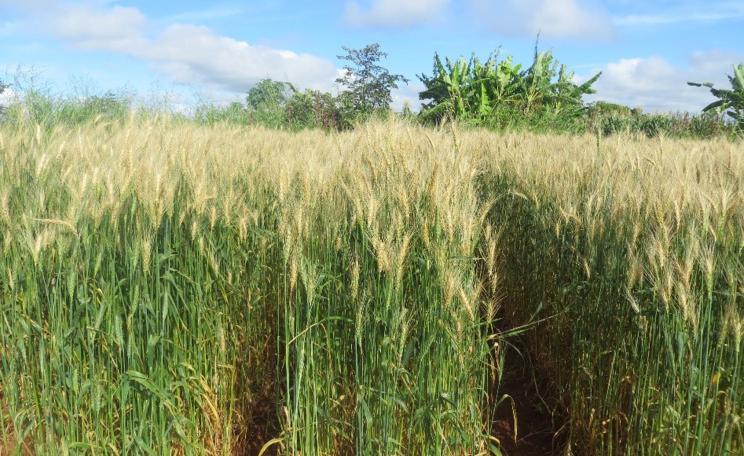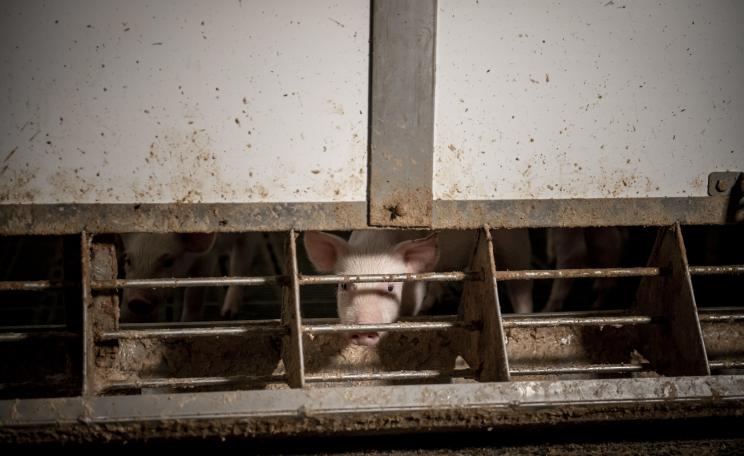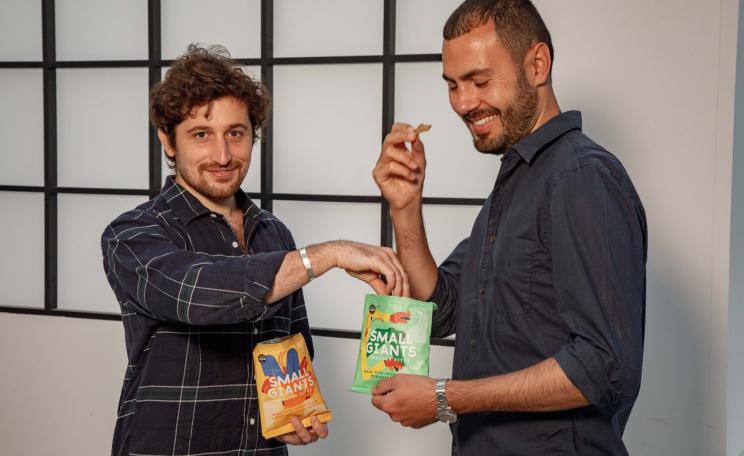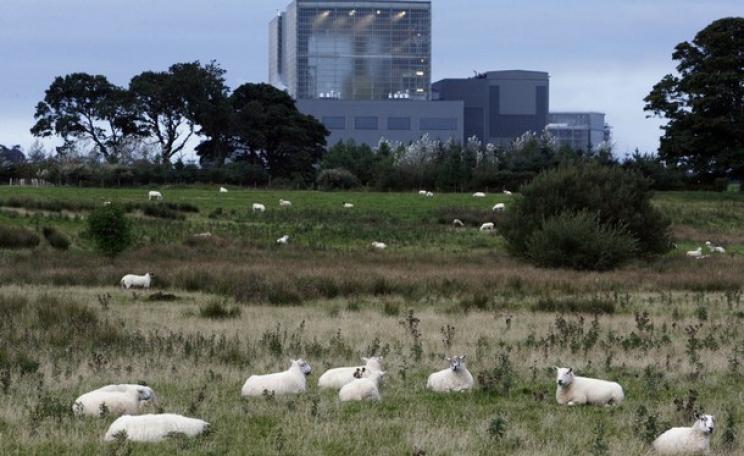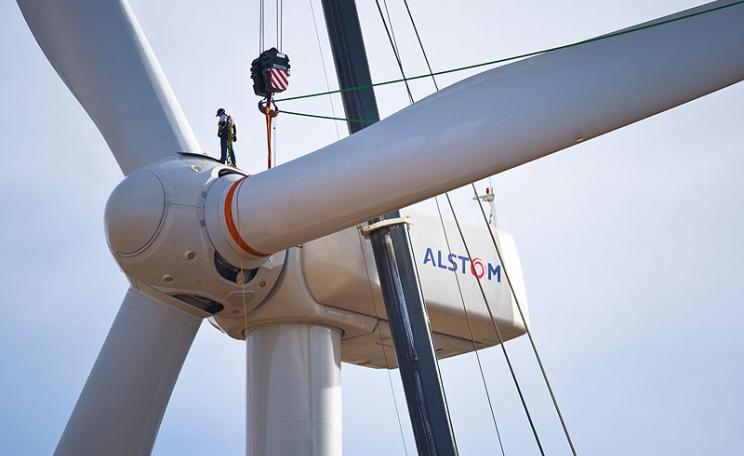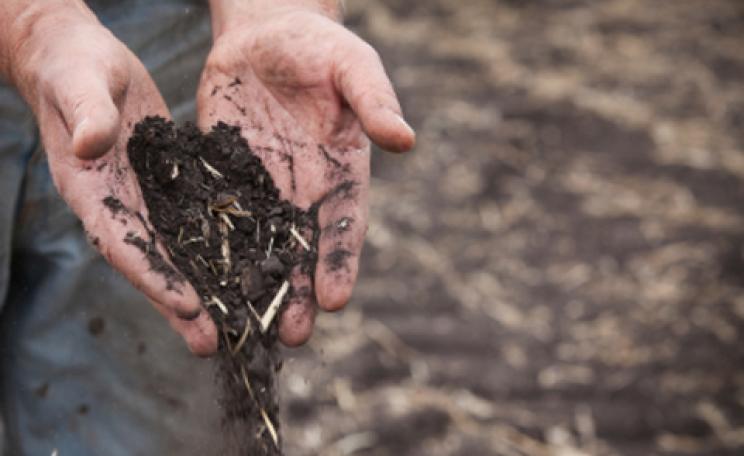A handful of multinational seed, chemical, manufacturing and supermarket firms cash in big time.
The UK has an outsized impact on the world. And I’m not talking about adventures in gunboat diplomacy or disastrous military adventurism in Iraq and Afghanistan.
I’m talking about how our way of life is profoundly damaging and unsustainable - using up our share of the resources of three planets when we only have this one fragile, heavily damaged, one.
A recent report from the World Wildlife Fund created a league table of the worst possible sort - a chart of damage.
Limits
Overall it concluded that the UK needs to reduce its ecological footprint by 60 per cent, material footprint by 38 per cent, biomass footprint by 48 per cent, phosphorus footprint by 85 per cent and carbon footprint by 85 per cent.
But top of the table - a ranking that will probably surprise many - is nitrogen, at 89 per cent.
Earlier this year, an article in the New Scientist called the world’s mismanagement of the nitrogen cycle “our forgotten environmental crisis”.
The article points out that we should, to fit within the world’s planetary limits, only be fixing 62 million tonnes of nitrogen a year on land: that’s the process by which atmospheric nitrogen is converted into nitrogenous compounds, by either microbes or human industrial processes.
We are currently fixing at least 300 million tonnes of nitrogen each year - five times as much as the world can bear.
Progress
It’s an issue that has in the past 10 years received serious international expert attention, if scant public attention.
A handful of multinational seed, chemical, manufacturing and supermarket firms cash in big time.
The international nitrogen management system project (INMS) was set up by the UN a decade ago with the aim of doing what the IPPC did for carbon emissions and setting global targets for nitrogen.
The initial thought was that it should set a target around the figure I have just cited, but decided it was politically impossible, so instead set a global target of halving nitrogen waste by 2030.
It is worth saying - and this fits in very much with the needs of farmers - that applying and fixing nitrogen has huge costs.
Nitrogen efficiency use by farmers around the world has now fallen from 50 percent in 1961 to 42 percent today. We think we’re in a state of progress, but we are going backwards in terms of our efficiency in the use of nitrogen.
Wildflowers
The efficiency target is set out in the Colombo Declaration, but only 14 countries have signed up to it - and that does not include the UK.
I asked the government in a written question whether it was considering signing up. The answer was it “will continue to monitor progress”. Which can be taken as a “no”. So much for being “world-leading”.
Our profligate use of nitrogen fertiliser is a huge contribution to the climate emergency.
Nitrous oxide has 298 times the global warming potential of carbon dioxide and stays in the atmosphere for an average of 114 years and the Haber process producing artificial nitrogen fertiliser is responsible for one percent of global carbon emissions.
And it also means huge ocean dead zones and massive amounts of air pollution. This in turn has major impacts on human health. And harms our ecosystems, causing the loss of many wildflowers, fungi and lichen.
Shit
It further means soil acidification and ozone depletion and problems with alkaline air, which causes massive damage by eating away at the ozone layer - something we’ve known about for many decades.
There’s also impacts on soil structure that have only recently come to be understood.
In healthy soils, with low levels of nitrogen, microbes do not metabolise carbon compounds but instead excrete them as polymers that act as a glue holding the soil together, with spaces between the “clumps” through which air, water, roots and mycelium can move.
Without the glue, there’s more compaction, loss of fertility, and more flooding.
The issue with nitrogen doesn’t only come from artificial fertiliser. This is yet one more issue with factory farming - the concentration of animals, and consequent waste leading to unmanageable mountains of - let’s be straight - shit.
Agroecology
Northern Ireland is particularly affected of the UK countries, while within England Herefordshire is possibly the worst hotspot.
“But how will we feed ourselves without the fertiliser and the factory farms?” people will ask. Well: this is both a challenge and an opportunity.
We’re starting to understand now how we can feed ourselves in the UK. Communities around the world know how they can feed themselves, far better, more healthily, than we do now.
The fact is we live in poor, hungry societies, in which farmers get little return for their labours while a handful of multinational seed, chemical, manufacturing and supermarket firms cash in big time.
We can feed ourselves better by working with nature - “agroecology” in the jargon.
Soils
We already know how to use the natural systems of fungi, bacteria and plants, regenerating them rather than destroying them.
We know we should not be wasting the food we grow by feeding it to animals. We must feed ourselves by eating far more vegetables and fruit - and much less meat.
That would come from healthy, flourishing soils, on farms supporting wildlife, helping prevent flooding, restoring the nitrogen cycle to a healthy place.
As with so many other environmental issues, there’s no time to waste, environmentally or institutionally. The INMS is only funded until next year. Our soils, our air, our climate can’t wait for action.
This Author
Natalie Bennet is a member of the Green Party and a member of the House of Lords.


